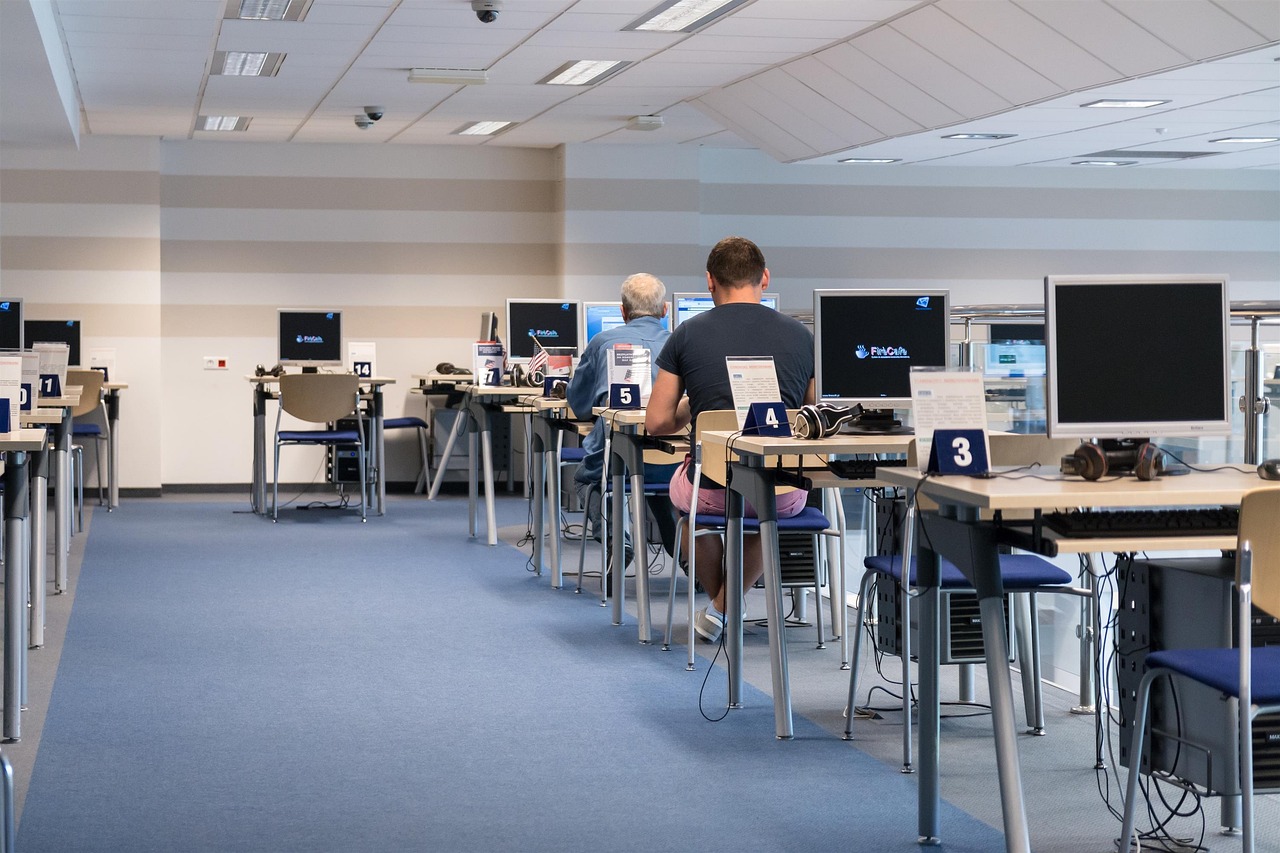Globalization of Education: Insights into International Learning Trends
Globalization in education is immensely propelled by the rapid advancement of technology. The internet has made it easier for students to access educational resources and collaborate with peers from around the world. Additionally, the rise of online learning platforms has made education more accessible to individuals irrespective of their geographical location. This ease of connectivity has fostered a global community of learners, breaking down traditional barriers to education.
Moreover, the increasing emphasis on global competence and cross-cultural understanding in the job market has driven the demand for globally-minded graduates. To thrive in today’s interconnected world, students must possess the skills to navigate diverse cultural contexts and work effectively in international teams. As a result, educational institutions are adapting their curricula to incorporate components that promote global awareness and intercultural communication. This shift towards a more globally-oriented education system is a key driver in preparing students for success in an increasingly interconnected global economy.
Challenges Faced by International Students
Navigating a new educational system in a foreign country can be overwhelming for international students. Adapting to different teaching styles, academic expectations, and language barriers are common challenges faced by these students. Often, there is a need for additional support and guidance to help them integrate successfully into their new learning environment.
Moreover, cultural differences and societal norms can create social challenges for international students. Feelings of isolation, homesickness, and difficulties in making new friends can impact their overall academic experience. It is crucial for educational institutions to provide resources and services that address these social challenges and promote a sense of belonging within the international student community.
Impact of Technology on International Learning Trends
The integration of technology in education has significantly transformed international learning trends. With the increasing accessibility of online resources and virtual classrooms, students from around the world can now easily collaborate and engage in cross-cultural learning experiences. This digital shift has not only facilitated knowledge sharing but also encouraged a more inclusive and diverse learning environment for international students.
Furthermore, the use of educational technologies such as video conferencing, interactive multimedia tools, and online learning platforms has enhanced the flexibility and convenience of studying abroad. International students are now able to participate in virtual lectures, access study materials remotely, and engage in real-time discussions with peers and professors across different time zones. As a result, technology has played a pivotal role in breaking down geographical barriers and promoting a more interconnected global learning community.
The integration of technology in education has transformed international learning trends
Increasing accessibility of online resources and virtual classrooms
Students can easily collaborate and engage in cross-cultural learning experiences
Facilitated knowledge sharing and encouraged a more inclusive learning environment
Educational technologies like video conferencing, interactive multimedia tools, and online platforms have enhanced flexibility
International students can participate in virtual lectures, access study materials remotely, and engage with peers globally
Technology has broken down geographical barriers and promoted a more interconnected global learning community
What are some key drivers of globalization in education?
Some key drivers of globalization in education include advancements in technology, increased mobility of students and faculty, and the demand for international collaboration and knowledge exchange.
What are some challenges faced by international students in adapting to new learning trends?
Some challenges faced by international students include language barriers, cultural differences, and access to technology and resources.
How has technology impacted international learning trends?
Technology has revolutionized international learning by providing access to online courses, virtual classrooms, and collaborative tools that facilitate global communication and collaboration.
Can technology help bridge the gap between international students and their peers?
Yes, technology can help bridge the gap by facilitating communication, collaboration, and cultural exchange among international students and their peers from around the world.
What are some ways in which institutions can leverage technology to enhance international learning experiences?
Institutions can leverage technology by implementing online learning platforms, virtual exchange programs, and digital resources to enhance international learning experiences for students.







